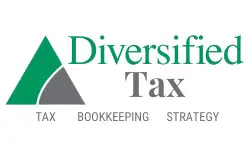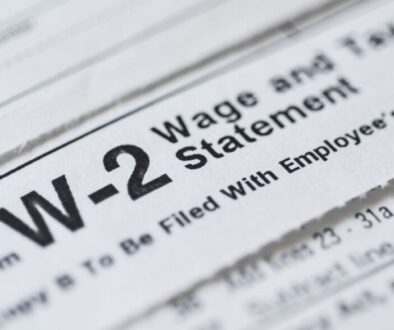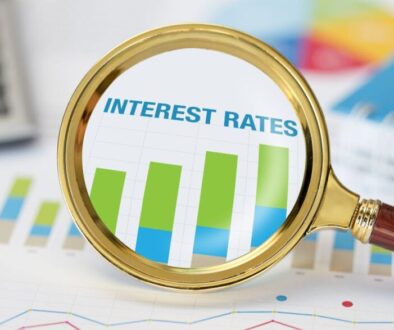How to Pay Quarterly Taxes
Table of Contents
How to Pay Quarterly Taxes
Quarterly taxes can often feel like a daunting task for many individuals, especially those who are self-employed or have additional income sources outside of traditional employment. Understanding the ins and outs of quarterly tax payments is crucial for maintaining compliance with the IRS and avoiding penalties.
This extensive guide will walk you through many things you need to know about paying quarterly taxes, including who needs to pay them, how to calculate your tax liability, and the various methods available for making payments.
Who Needs to Pay Quarterly Taxes?
Self-Employed Individuals
Self-employed individuals, freelancers, and independent contractors are typically required to pay estimated quarterly taxes. Unlike traditional employees whose taxes are withheld from their paychecks, self-employed individuals must take the initiative to calculate and pay their own taxes.
Business Owners
If you own a business, you may also need to make quarterly tax payments. This applies to both sole proprietorships and partnerships. Businesses often have varying income levels, making it essential to estimate taxes accurately.
Additional Income Sources
Individuals with significant income from sources such as rental properties, dividends, or capital gains may also be required to pay quarterly taxes. If you expect to owe $1,000 or more in taxes when you file your return, you will likely need to make estimated payments.
Understanding Estimated Tax Payments
Definition of Estimated Taxes
Estimated tax payments are periodic payments made to the IRS based on your expected tax liability for the year. These payments help to ensure that you are paying your taxes throughout the year rather than in one lump sum during tax season.
Importance of Estimated Payments
Making estimated tax payments is crucial for several reasons:
- Avoiding Penalties: Failing to pay enough tax throughout the year can result in penalties and interest charges.
- Cash Flow Management: Paying taxes quarterly can help manage cash flow
by spreading the tax burden over the year.
- Accurate Budgeting: Regular payments allow you to budget more effectively, as you won’t face a large tax bill at the end of the year.
Calculating Your Quarterly Tax Payments
Estimating Your Tax Liability
To determine how much you need to pay each quarter, start by estimating your total income for the year. This can include wages, self-employment income, rental income, and any other sources of revenue.
Using IRS Form 1040-ES
The IRS provides Form 1040-ES, which includes a worksheet to help you calculate your estimated tax payments. This form allows you to:
- Estimate your total income, deductions, and credits.
- Calculate your expected tax liability.
- Divide your total tax liability by four to determine your quarterly payment amount.
Adjusting for Changes
If your income fluctuates throughout the year, you may need to adjust your estimated payments accordingly. It’s important to revisit your calculations periodically to help ensure that you’re on track.
Payment Schedule for Quarterly Taxes
Due Dates for Payments
Estimated tax payments are typically due four times a year:
- April 15: For income earned from January 1 to March 31.
- June 15: For income earned from April 1 to May 31.
- September 15: For income earned from June 1 to August 31.
- January 15 of the following year: For income earned from September 1 to December 31.
Penalties for Late Payments
If you miss a payment, the IRS may impose penalties. It’s essential to stay on top of your payment schedule to avoid incurring additional charges.
Methods of Paying Quarterly Taxes
Electronic Payments
One of the most convenient ways to pay your quarterly taxes is through electronic methods. You can use the IRS’s Electronic Federal Tax Payment System (EFTPS) to make payments directly from your bank account. This method is secure and allows you to schedule payments in advance.
Credit or Debit Card Payments
You also have the option to pay your estimated taxes using a credit or debit card. However, be aware that there may be processing fees associated with this method. Payments can be made through third-party payment processors authorized by the IRS.
Check or Money Order
If you prefer to pay by mail, you can send a check or money order along with your completed Form 1040-ES. Ensure that you include your Social Security number, the tax year, and the type of payment on the check to avoid processing delays.
Record Keeping for Quarterly Taxes
Importance of Documentation
Maintaining accurate records of your income and tax payments is essential for several reasons:
- Filing Accuracy: Good record-keeping helps ensure that your tax returns are accurate and complete.
- Audit Protection: In the event of an audit, having detailed records can help substantiate your claims.
- Future Planning: Keeping track of payments can assist in estimating future tax liabilities.
Recommended Documentation Practices
- Use Accounting Software: Consider using accounting software to track income and expenses, making it easier to calculate estimated taxes.
- Keep Receipts: Store receipts for all business-related expenses, as these
- can be deducted from your taxable income.
- Maintain a Payment Log: Keep a log of all payments made, including dates and amounts, to ensure you have a comprehensive record.
Common Mistakes to Avoid
Underestimating Tax Liability
One of the most common pitfalls is underestimating your tax liability. This can lead to insufficient payments and potential penalties. Always err on the side of caution by overestimating your income or including a cushion in your calculations.
Missing Payment Deadlines
Failing to make payments on time can result in penalties and interest charges. Set reminders for payment due dates to help ensure you stay compliant.
Neglecting to Adjust Payments
If your financial situation changes, such as a significant increase or decrease in income, adjust your estimated payments accordingly. Regularly reviewing your financial status can help prevent surprises at tax time.
Seeking Professional Help
When to Consult a Tax Professional
If you find the process of estimating and paying quarterly taxes overwhelming, consider consulting a tax professional. They can provide personalized guidance based on your financial situation and help ensure compliance with tax laws.
Benefits of Professional Assistance
- Expertise: Tax professionals have in-depth knowledge of tax codes and regulations.
- Time-Saving: They can save you time by handling calculations and
paperwork on your behalf.
- Peace of Mind: Having a professional manage your taxes can alleviate stress and help ensure that you’re meeting all requirements.
Conclusion
Paying quarterly taxes may seem complex, but with knowledge and preparation, it can be a manageable task. By understanding who needs to pay, how to calculate your payments, and the various methods available for making those payments, you can stay compliant and avoid penalties.
Regularly reviewing your income and adjusting your estimated payments as necessary will help you maintain a smooth financial process throughout the year. Whether you choose to handle your taxes independently or seek professional assistance, being proactive and informed is key to successful quarterly tax management.




